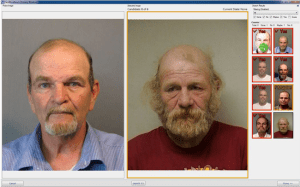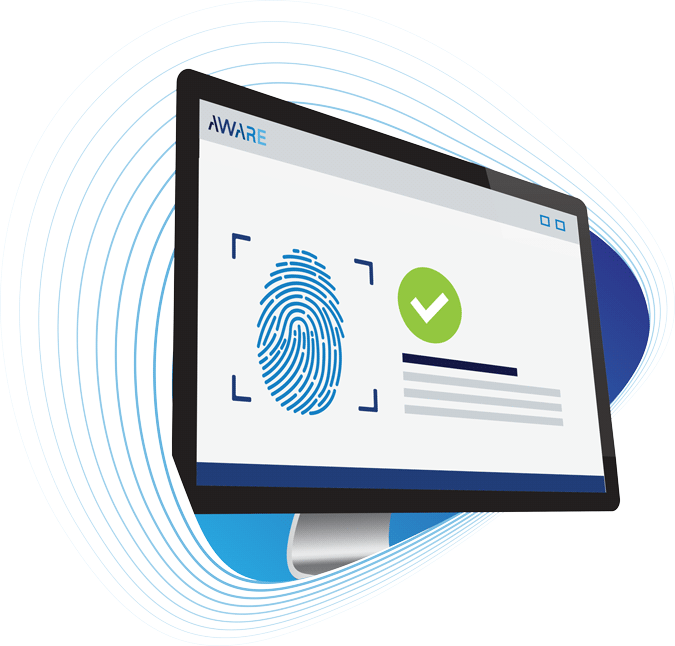 The proliferation of digital cameras and facial images has made facial biometrics extremely useful for criminal investigations, and increasingly so for identity applications beyond law enforcement. As with fingerprints, the use of facial biometrics needs to meet certain criteria to make them admissible in court or for whatever legal basis might be required. In these environments, the performance of the professional facial examiner is as critical as that of facial algorithm, and the tools and processes they employ need to be effective and also defensible.
The proliferation of digital cameras and facial images has made facial biometrics extremely useful for criminal investigations, and increasingly so for identity applications beyond law enforcement. As with fingerprints, the use of facial biometrics needs to meet certain criteria to make them admissible in court or for whatever legal basis might be required. In these environments, the performance of the professional facial examiner is as critical as that of facial algorithm, and the tools and processes they employ need to be effective and also defensible.
Searching millions of facial images is not only technically challenging using biometric algorithms; it can be mentally and physically demanding for humans as well. Even with images of ideal quality and consistency, an algorithm-driven biometric facial search substantially narrows the field of candidates to 100 or less, but typically requires a human examiner to analyze and confirm the results to conclude a search. The image quality of probe and gallery facial images is sometimes low, in which case an even larger, more strenuous candidate review is generally needed.
This can be an arduous and time consuming process, requiring professionals with excellent training, well-developed skills, and mental stamina. Examiners fitting this profile are in short supply. Tools that improve their efficiency can therefore have a material impact on their overall effectiveness, not only increasing their search success rates, but also shortening their training time and even lengthening their careers.
Aware’s FaceWorkbench™ is a desktop application designed for the professional facial recognition examiner for conducting a search. It provides tools and workflow that let examiners focus on critical analysis instead of tedious, efficiency-killing image and file management tasks, often a significant part of analysis when using tools that are either substandard or designed for some other purpose.
FaceWorkbench provides a user interface and systematic workflow to enable an examiner to carefully analyze and process the candidates returned from the search. The workflow emulates an email client, with a folder containing inquiries submitted for search and an inbox of search results to be analyzed. For a given search result, each candidate can be identified by the analyst as a match or non-match. Advanced imaging tools are provided to enable the user to assess the likelihood of a match between the probe and each candidate.
For example, the facial features of the probe and candidate images are automatically located and used to align the images. An examiner can also manually adjust eye locations to better align the images. There are advanced image enhancement functions, including swipe bars, color and other enhancements, and a synchronized, configurable magnifier. Comparison tools allow the images to be overlaid and blended, split, stacked, and checkered, rotated, color-filtered, and other useful features. Reports and audit logs can also be created that display the images with notes and observations of the examiner.
As with fingerprints, recommended best practices such as those drafted by FISWG advise on the proper use of digital face images as evidence. A key feature of FaceWorkbench is its integration of best practices reference and checklist into the analysis workflow. The user is prompted to perform various recommended analyses, and FaceWorkbench keeps track of which analyses have been performed.
FaceWorkbench is independent of the biometric search platform, designed for use with either an internal facial recognition system (e.g. Aware’s Astra™) or an external facial database and recognition service, such as the FBI’s Interstate Photo System (IPS).
Facial biometric search is technically challenging with algorithms, and mentally demanding for examiners. The right tools can make all the difference in improving search performance, and are particularly important where a record of procedures and practices followed carry evidential value.
